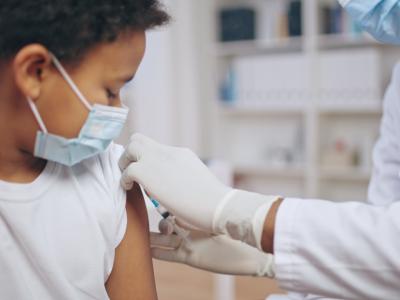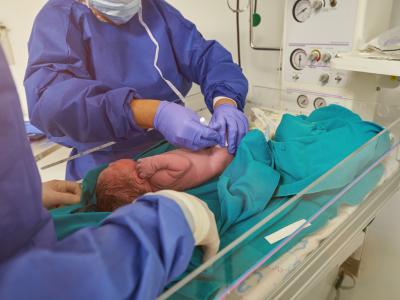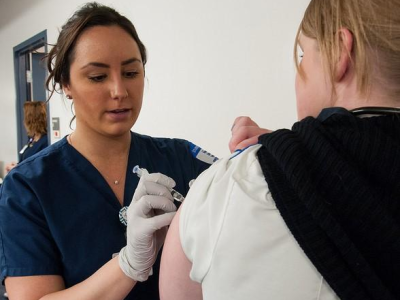About 7% of 428 Omicron COVID-19 survivors who were health-sciences students at a Saudi Arabian college reported persistent symptoms, notably loss of smell or taste, for more than 28 days.
From July 2022 to July 2023, researchers at King Saud Bin Abdulaziz University for Health Sciences in Jeddah administered an online questionnaire, the Patient Health Questionnaire (PHQ-9), and the COVID Experiences (COVEX) Symptoms and Diagnoses module to three groups of students to determine the prevalence and characteristics of post-COVID-19 symptoms, including depression, in young adults. Of all students, 63.3% were women.
The groups were made up of participants from the university's three campuses who recovered fully within 14 days of acute infection (76.4%), those with persistent symptoms that resolved within 28 days (16.8%), and those with symptoms lingering for more than 28 days (6.8%; the prolonged-symptoms or long-COVID group). Students who tested positive for COVID-19 from July 2022 to July 2023, when Omicron was the dominant strain, were included in the analysis.
The results were published this week in BMC Public Health.
Most had moderate symptoms during infection
In total, 56.2% of the recovered participants had mild symptoms during the acute infection. One student reported that she had bone pain during COVID-19 incubation, which continued after recovery. Recovered students most commonly reported cough (68.5%), fever (65.7%), and headache (62.7%) in the acute phase.
Most participants with prolonged symptoms (56.9%) reported moderate symptoms during infection. The most common symptoms in this group were cough (79.1%), headache (77.2%), and loss of smell (76.4%).
In the persistent-symptom group, 58.6% of participants said they had a moderate acute infection. The most common symptoms in this group were loss of smell (82.7%), loss of taste (82.7%), and fatigue (82.7%). The association between symptoms during the acute phase and severity was highly significant.
Depression and illness severity
Of the 72 students with prolonged symptoms who later recovered, 58.3% reported mild post-COVID-19 symptoms, 48.6% reported a loss of smell, and 33.3% had shortness of breath and a loss of taste.
The study results support the perception that not only can the geriatric population suffer from post-COVID-19 syndrome but also that young adults are prone to persistent symptoms such as loss of smell and taste, which may affect their mental health status.
Just over half (51.7%) of the persistent-symptoms group reported mild post-COVID symptoms. In this group, the most common symptoms were loss of smell (41.3%) and continued shortness of breath (37.9%). Two participants (2.7%) reported smelling unpleasant odors.
There was a highly significant association between symptoms (ie, loss of smell, shortness of breath, and loss of taste) and mild illness in the prolonged and persistent groups during the post-infection phase. Roughly half of students in the prolonged-symptom group (50%) and the persistent-symptom group (51%) used medication to treat their post-COVID symptoms.
The depression scale was significantly associated with the three groups, according to the PHQ-9. In total, 38,1% of participants in the recovered group were mildly depressed, and 29.9% was the most common depression level scored. In contrast, moderate depression was the most common depression level (35.7%) in the persistent-symptom group.
"The study results support the perception that not only can the geriatric population suffer from post-COVID-19 syndrome but also that young adults are prone to persistent symptoms such as loss of smell and taste, which may affect their mental health status," the authors wrote.




















